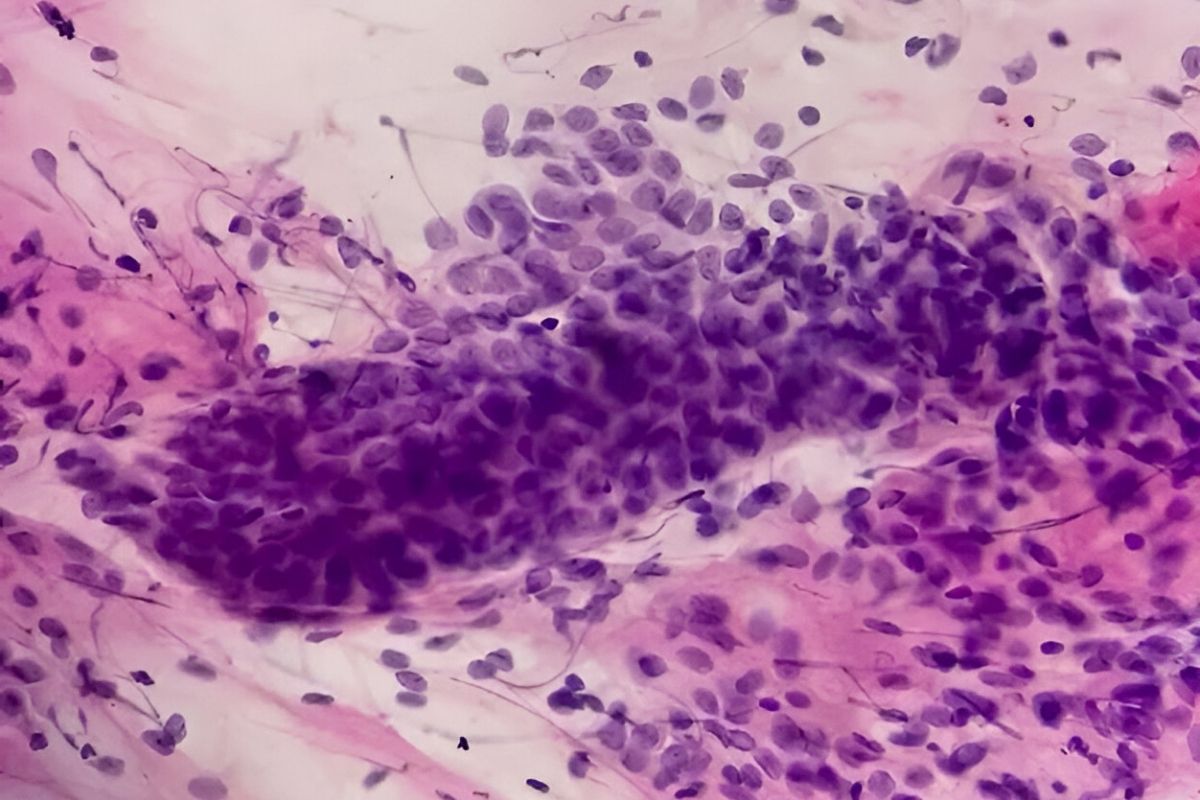
Atrophic vaginitis is a condition that affects many women, especially after menopause. It occurs when the vaginal walls become thin, dry, and inflamed due to a decrease in estrogen levels. This can lead to discomfort, itching, and pain during intercourse. Symptoms might include vaginal dryness, burning, discharge, and urinary issues. While it can be uncomfortable, there are treatments available that can help manage the symptoms. These range from lifestyle changes and over-the-counter products to prescription medications. Understanding the causes and treatments of atrophic vaginitis can help women find relief and improve their quality of life. Whether you're experiencing symptoms or just curious, this guide will provide valuable information on this common condition.
Key Takeaways:
- Atrophic vaginitis is a common condition in menopausal women, causing dryness and discomfort. Treatment options include estrogen therapy, natural remedies, and lifestyle changes for overall vaginal health.
- Regular sexual activity, healthy diet, and open communication with a partner can help manage atrophic vaginitis symptoms and support overall well-being. Hormone replacement therapy and natural remedies are also options for treatment.
What is Atrophic Vaginitis?
Atrophic vaginitis is a common condition affecting many women, especially after menopause. It involves the thinning, drying, and inflammation of the vaginal walls due to decreased estrogen levels. Here are some key facts about this condition.
- Atrophic vaginitis is also known as vaginal atrophy.
- It primarily affects postmenopausal women.
- Estrogen plays a crucial role in maintaining vaginal health.
- Symptoms include dryness, itching, and burning.
- Pain during intercourse is a common complaint.
- Urinary symptoms like urgency and frequency may occur.
- Reduced estrogen levels can lead to this condition.
- Breastfeeding women may also experience atrophic vaginitis.
- Certain medications can contribute to vaginal atrophy.
- Smoking can exacerbate symptoms.
- Lack of sexual activity may worsen the condition.
- Regular sexual activity can help maintain vaginal health.
- Over-the-counter lubricants can provide temporary relief.
- Prescription estrogen therapy is a common treatment.
- Vaginal estrogen creams are often used.
- Estrogen tablets and rings are other treatment options.
- Non-hormonal treatments are available.
- Moisturizers can help alleviate dryness.
- Pelvic floor exercises may improve symptoms.
- Maintaining a healthy diet can support overall vaginal health.
- Staying hydrated is essential.
- Avoiding irritants like scented soaps is recommended.
- Wearing cotton underwear can reduce irritation.
- Regular gynecological check-ups are important.
- Atrophic vaginitis can affect mental health.
- Open communication with a partner is crucial.
- Support groups can provide emotional support.
- Hormone replacement therapy (HRT) may be considered.
- Some women prefer natural remedies.
- Black cohosh is a popular herbal supplement.
- Soy products contain phytoestrogens.
- Flaxseed may help balance hormones.
- Vitamin E supplements can be beneficial.
- Probiotics support vaginal health.
- Regular exercise boosts overall well-being.
- Stress management techniques can be helpful.
- Yoga and meditation promote relaxation.
- Avoiding tight clothing can reduce discomfort.
- Warm baths can soothe symptoms.
- Cold compresses may relieve itching.
- Some women use coconut oil as a natural lubricant.
- Aloe vera gel can provide soothing relief.
- Calendula cream is another natural option.
- Cranberry juice supports urinary health.
- Omega-3 fatty acids have anti-inflammatory properties.
- Regular medical follow-ups are essential.
- Early diagnosis and treatment improve outcomes.
Final Thoughts on Atrophic Vaginitis
Atrophic vaginitis, though common, often goes undiscussed. Understanding its symptoms, causes, and treatments can make a world of difference. This condition affects many women, especially post-menopause, leading to discomfort and sometimes more serious issues. Recognizing early signs like dryness, itching, and pain during intercourse can prompt timely medical advice.
Treatments range from lifestyle changes to medical interventions. Staying hydrated, using lubricants, and considering hormone replacement therapy are just a few options. Always consult a healthcare provider to find the best approach for your situation.
Knowledge is power. By being informed, you can take proactive steps to manage atrophic vaginitis effectively. Don’t let embarrassment keep you from seeking help. Your health and comfort are worth it. Spread awareness and support others who might be dealing with this condition.
Frequently Asked Questions
Was this page helpful?
Our commitment to delivering trustworthy and engaging content is at the heart of what we do. Each fact on our site is contributed by real users like you, bringing a wealth of diverse insights and information. To ensure the highest standards of accuracy and reliability, our dedicated editors meticulously review each submission. This process guarantees that the facts we share are not only fascinating but also credible. Trust in our commitment to quality and authenticity as you explore and learn with us.
